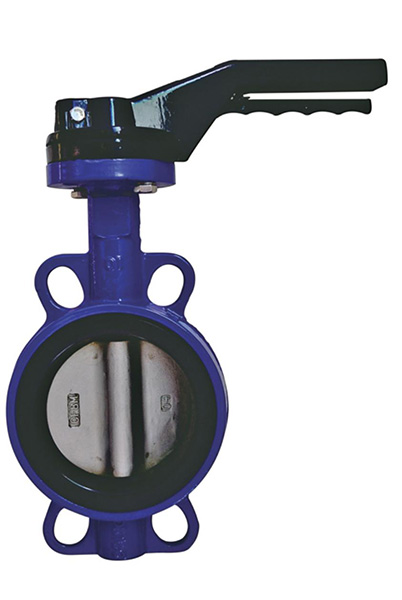Nov . 14, 2024 02:12 Back to list
y strainer pn16
Understanding Y Strainers PN16 Functionality and Applications
Y strainers, often referred to simply as strainers, serve a crucial role in various piping and fluid systems. These devices are designed to filter out unwanted particles from fluids, ensuring the smooth operation of pipelines and protecting equipment from damage. In this article, we will explore the significance of Y strainers, particularly those rated PN16, including their construction, benefits, and typical applications.
What is a Y Strainer?
A Y strainer gets its name from its shape, resembling the letter Y. This design is particularly effective for filtering out debris and solid particles from liquids and gasses. The strainer consists of a mesh filter that traps unwanted substances while allowing the fluid to pass through. The mesh size can vary depending on the application and the type of particles to be removed, offering adaptability for different needs.
Understanding PN16 Rating
The term PN stands for Pressure Nominal, which defines the pressure rating for piping and related components. A PN16 rating indicates that the strainer is designed to handle a maximum pressure of 16 bar (approximately 232 psi). This makes PN16 Y strainers suitable for a wide range of industrial applications, particularly in systems where moderate to high pressures are common.
Benefits of Y Strainers
1. Protection of Equipment The primary benefit of using a Y strainer is to protect downstream equipment, such as pumps, valves, and heat exchangers. By filtering out contaminants, the strainer prevents wear and tear on these components, extending their operational lifespan.
2. Reduced Maintenance Costs By employing a Y strainer, facilities can significantly reduce maintenance costs associated with clogged equipment and unplanned downtime. Regular cleaning of the strainer is a manageable task and can be done without extensive system interruptions.
y strainer pn16

3. Versatility Y strainers are versatile and can be utilized in various applications. They can be found in HVAC systems, water treatment plants, irrigation systems, and many industrial processes, adapting to different fluid types and conditions.
4. Easy Installation and Maintenance The Y shape of the strainer not only aids in effective filtration but also allows for easy installation. Maintenance is straightforward, involving simple removal of the filter for cleaning or replacement without needing to disconnect the entire pipeline.
5. Durability and Reliability Made from robust materials such as stainless steel or cast iron, Y strainers are designed to endure harsh operating environments. Their durability ensures reliability, even under high pressure and temperature conditions.
Applications of Y Strainers PN16
Y strainers rated PN16 are commonly found in various sectors, including
- Water Supply Systems They protect pumps and valves from debris, ensuring a continuous and efficient water supply. - Oil and Gas Industry Used to filter out impurities in fuel lines and processing systems, contributing to equipment longevity and operational efficiency. - Chemical Processing Y strainers prevent contamination in chemical feed lines, helping maintain product purity. - HVAC Systems In heating and cooling systems, they filter out particles to ensure smooth operation and optimal performance of HVAC equipment.
Conclusion
Y strainers, particularly those rated PN16, are indispensable components in many industrial and municipal applications. Their ability to filter out unwanted particles effectively protects equipment, reduces maintenance costs, and ensures reliable operations. Understanding the significance and functionality of Y strainers can lead to more efficient system designs and improved overall performance in fluid handling processes. Whether in water treatment, oil and gas, or HVAC systems, investing in a quality Y strainer can yield long-term benefits.
Share
-
Reliable Wafer Type Butterfly Valves for Every IndustryNewsJul.25,2025
-
Reliable Flow Control Begins with the Right Ball Check ValveNewsJul.25,2025
-
Precision Flow Control Starts with Quality ValvesNewsJul.25,2025
-
Industrial Flow Control ReliabilityNewsJul.25,2025
-
Engineered for Efficiency Gate Valves That Power Industrial PerformanceNewsJul.25,2025
-
Empowering Infrastructure Through Quality ManufacturingNewsJul.25,2025